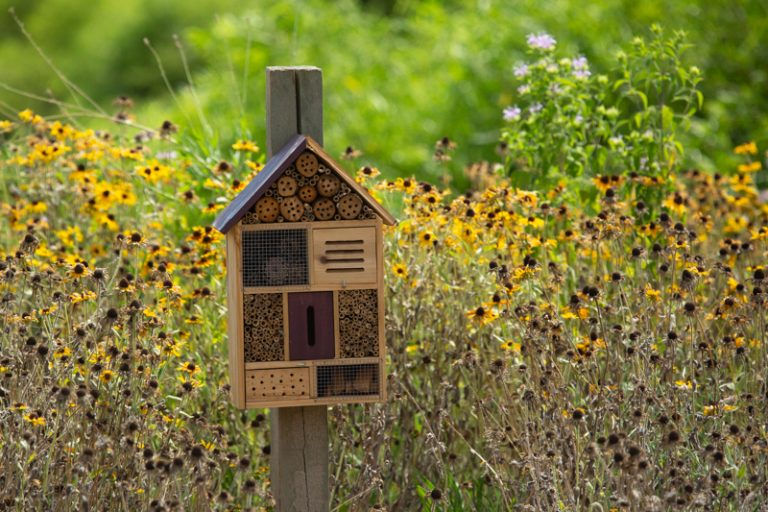House Plants: Bringing the Great Outdoors, Indoors
- David Burrows

- Feb 4
- 3 min read
Let’s talk about houseplants! We’ve rounded up these indoor favorites which almost anyone can grow and enjoy a bit of nature in your own home. Even if you don’t have a yard, patio, or balcony, these plant species can thrive in your home. They also bring beauty, nature, and some surprising benefits to the indoors!

Improving Your Air Quality – Just like trees outdoors, indoor plants absorb carbon dioxide during photosynthesis and release oxygen as a byproduct. Additionally, some can filter out toxins like formaldehyde and benzene from the air. Indoor air can be more “polluted” than outside air at times, especially if windows or doors have been shut for some time.
Increased Humidity – During winter months, indoor air can become very dry and feel uncomfortable. Many plants release moisture into the air, which can help prevent dry skin and respiratory issues.
Negative Ions – Another byproduct of transpiration and photosynthesis is the release of negative ions. These negatively charged particles are like the conditions in the air after a thunderstorm or when you’re near a waterfall. Ions help clean the air and provide that fresh clean feeling after a rainy day. Negative ions also play a role in helping us feel better and even reduce depression for some people.
Reduces Stress & Anxiety – Speaking of reducing stress, recent studies show that simply being around plants can improve our mood, reduce stress, and enhance mental well-being. Beside the air cleaning qualities of plants, our brains are programmed to want to be “in nature” most of the time. Even a small house plant can contribute to this therapy.

Enhanced Productivity & Focus – Greenery in workspaces has been linked to increased concentration and productivity. Providing our eyes the visual of nature contributes to being more focused and productive. This is one reason we feel rested after a vacation which typically gets us outdoors and active and out of the drab and stale indoors.
Better Sleep – Sleep is one of the most critical points to our health and wellness. In fact, sleep deprivation is linked to everything from addictions, to heart attacks and cancers. Some plants, like lavender and jasmine, have soothing properties that promote relaxation and induces sleep. Several species have been studied for the sleep-enhancing therapy. Brewing a nighttime cup of herbal tea with lavender, jasmine, mint, and/or chamomile will add to the benefits of a restful night.

Natural and Sustainable Decoration – Houseplants add beauty and freshness to any indoor space. Of course, plants are frequently used in all types of interior decorating and design. Plants are also beneficial in all the ways we’ve discussed and make a great gift for any house warming party or any occasion for that matter. So, go out and buy yourself a plant!
Our Picks for the Best Indoor Plants
Those Most Easy to Maintain:
Snake Plant (Sansevieria) – Tolerates low light, improves air quality, and needs minimal watering.
Pothos (Epipremnum aureum) – Thrives in various lighting conditions and requires little maintenance. These are the house cats of plants!
ZZ Plant (Zamioculcas zamiifolia) – Drought-resistant, thrives in low light, and is nearly indestructible.
Spider Plant (Chlorophytum comosum) – Removes toxins from the air and grows well with indirect light.
Ah, the Air-Purifying Plants:
Peace Lily (Spathiphyllum) – Removes toxins and thrives in low to medium light.
Aloe Vera – Purifies air and has medicinal uses for skin care and burns. Like direct sun and high amount of light.
Rubber Plant (Ficus elastica) – Removes airborne toxins and is easy to grow.
Ficus benjamina, sometimes called a Weeping Fig our just Ficus tree. These are beautiful and help clean the air of formaldehyde and toxins. Keep in mind if you have an allergy to latex, you might be allergic to Ficus plants.
For Low-Light Spaces:
Cast Iron Plant (Aspidistra elatior) – Tolerates neglect and low light.
Parlor Palm (Chamaedorea elegans) – Requires minimal light and adds a tropical feel.
Chinese Evergreen (Aglaonema) – Grows well in dim light and purifies the air.
For Aesthetic Appeal:
Monstera Deliciosa – Beautiful, large leaves add a tropical touch.
Fiddle Leaf Fig (Ficus lyrata) – A popular decor choice, though it requires bright, indirect light. Most happy when it's root-bound. Thanks for reading and keep us in mind when you're shopping for pollination features, wildflower seeds, herb kits, and educational material on creating your own natural environment. Also, we're a nonprofit and any donation is tax-deductible!



Comments